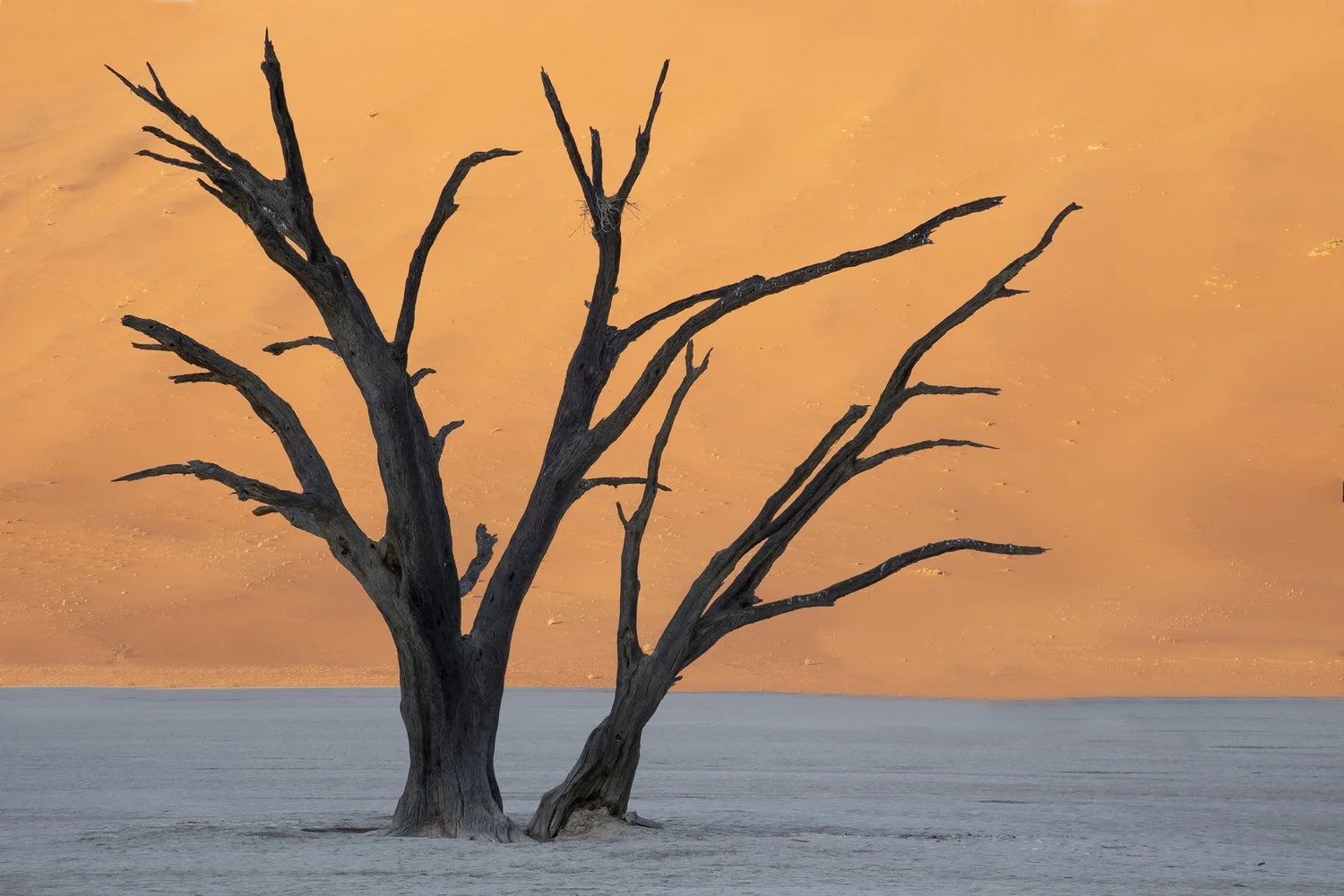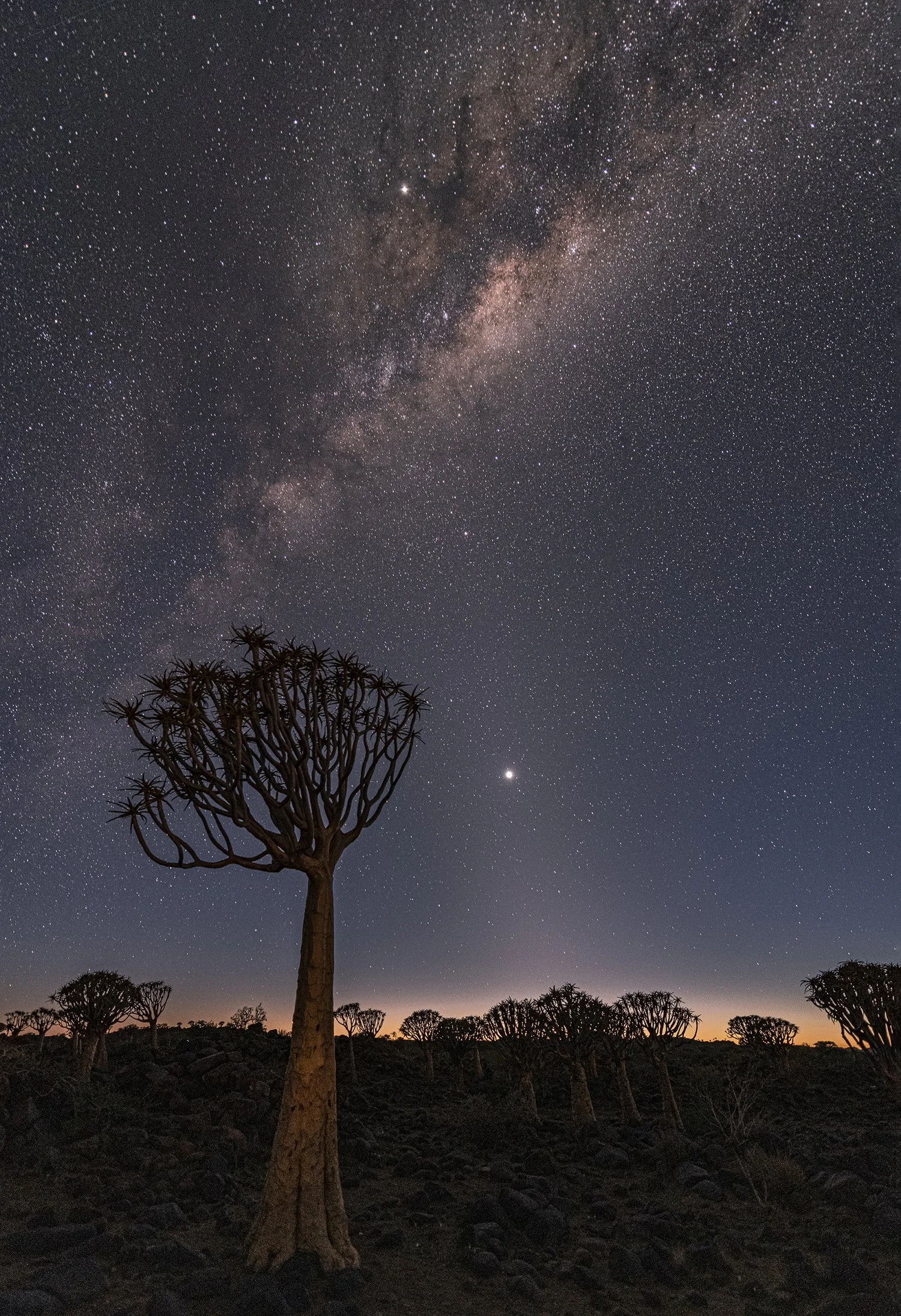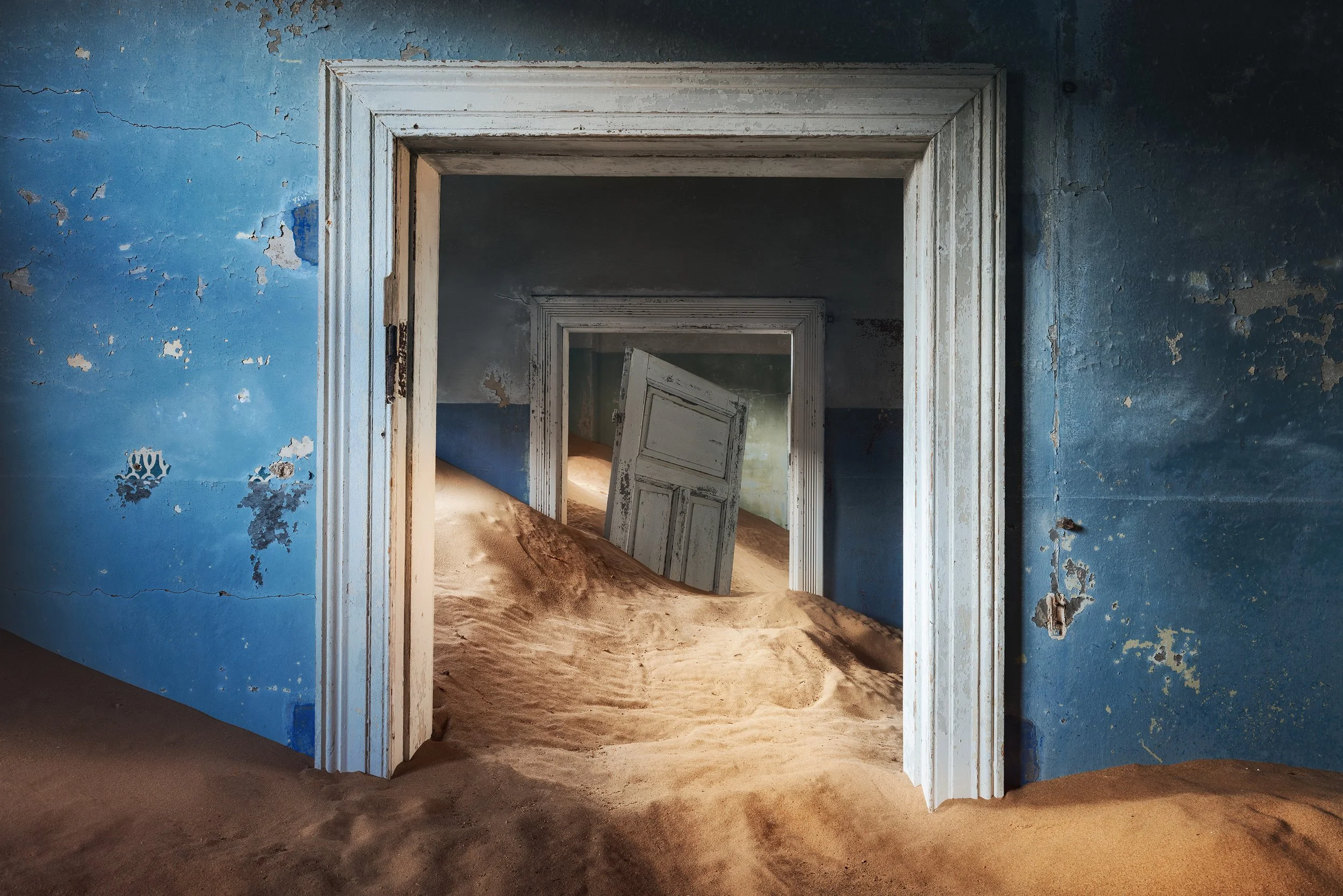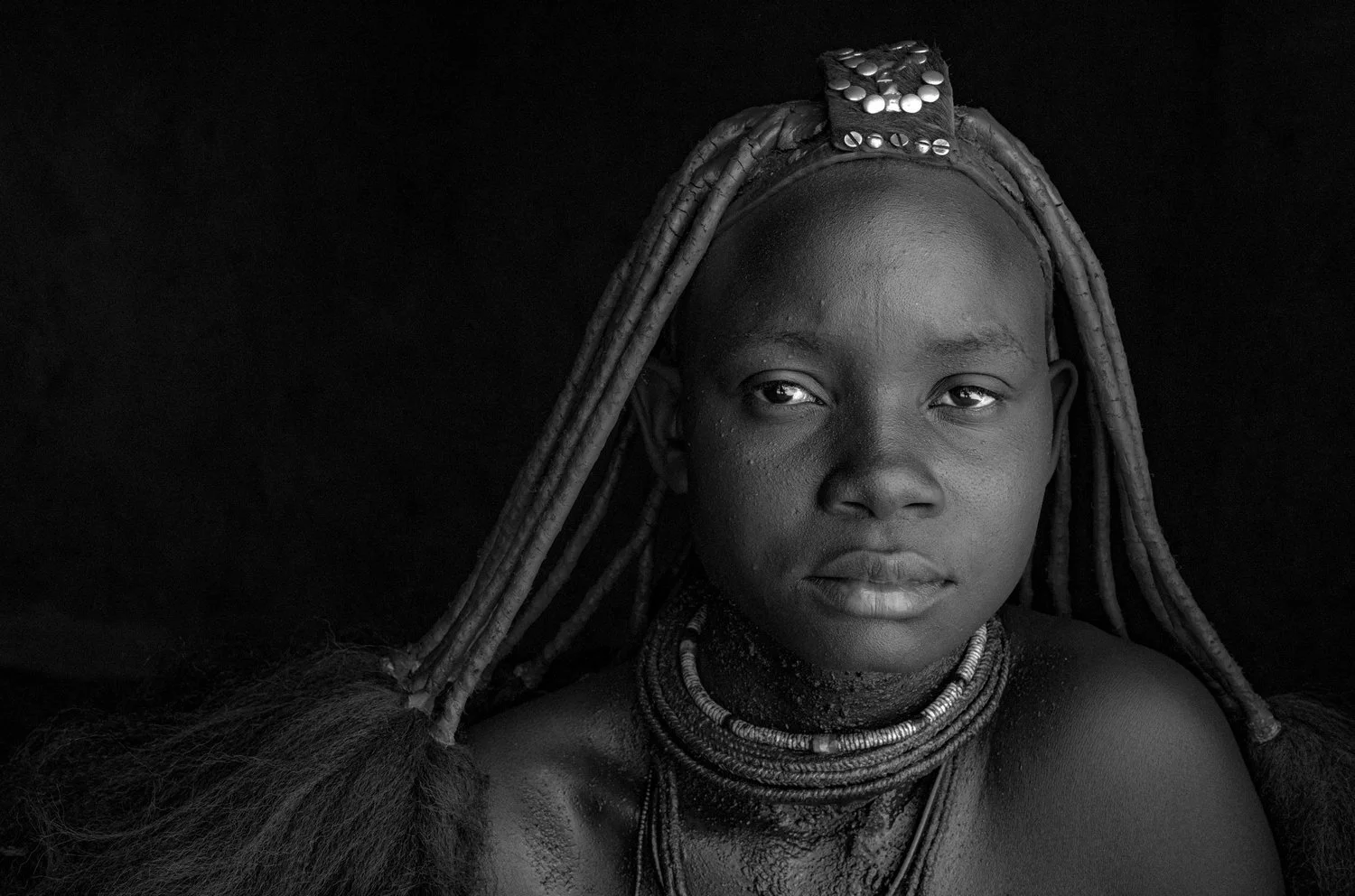What Is The Best Time of Year for Photographers to Visit Namibia
Namibia offers many stunning photographic opportunities, from the abundant wildlife in Etosha National Park to the otherworldly landscapes of Sossusvlei and the pristine night skies in areas like Spittzkoppe and the Quiver Tree Forest. However, timing your visit can make a significant difference in capturing the best images. Here’s a guide to help you decide the best time of year to visit Namibia for wildlife, landscapes, and night sky photography.
Wildlife Photography in Etosha National Park
Best Time to Visit: June to October
Why This Time?:
Wildlife Concentration: During the dry season (June to October), animals congregate around waterholes, making it easier to spot and photograph a wide variety of wildlife.
Visibility: The sparse vegetation during this time improves visibility, allowing for clearer shots of animals.
Comfortable Weather: The temperatures are cooler and more comfortable for spending long hours in the field.
Weather Comparison:
Dry Season (June to October): Daytime temperatures range from 20°C to 30°C (68°F to 86°F). Nights can be cool, dropping to around 10°C (50°F).
Wet Season (November to April): Higher temperatures, ranging from 25°C to 35°C (77°F to 95°F), with occasional afternoon thunderstorms. The lush vegetation can make it harder to spot wildlife.
Landscape Photography in Sossusvlei
Best Time to Visit: April to May and August to November
Why This Time?:
Dramatic Light: The clear skies and angle of the sun during these months provide stunning light conditions, perfect for capturing the dramatic dunes and stark contrasts of Sossusvlei.
Comfortable Temperatures: Moderate temperatures make it easier to explore and photograph the area.
Fewer Tourists: These shoulder seasons tend to be less crowded, allowing for more serene and uninterrupted photography.
Weather Comparison:
April to May: Daytime temperatures range from 20°C to 30°C (68°F to 86°F), with cool nights around 10°C (50°F).
August to November: Similar temperatures, with a gradual warming trend towards the end of November. Clear skies are common, providing excellent conditions for landscape photography.
Summer (December to February): Can be extremely hot, with temperatures often exceeding 40°C (104°F), making it challenging to photograph during the day.
Night Sky Photography In Namibia
Best Time to Visit: May to September
Why This Time?:
Clear Skies: The dry season offers clear skies with minimal cloud cover, perfect for capturing the Milky Way and other celestial phenomena.
Cooler Temperatures: The cooler nights during these months make it more comfortable to stay out late for night photography.
Weather Comparison:
Dry Season (May to September): Nighttime temperatures can drop significantly, sometimes below 10°C (50°F), so be prepared with warm clothing.
Wet Season (November to April): Higher humidity and occasional thunderstorms can obscure the night sky, making it less ideal for astrophotography.
Summary
For the best wildlife photography in Etosha, visit between June and October when animals gather around waterholes and the weather is cooler. For stunning landscape photography in Sossusvlei, aim for April to May and August to November, when the light is dramatic and temperatures are moderate. For night sky photography, the clear, dry skies from May to September are ideal for capturing the stars and the Milky Way.
Conclusion
For a complete experience in Namibia, I have tried different times of the year to visit Namibia. I have gone in June, August and October. Based on my experience, my best experience was in August. It's now my preferred time to take groups to Namibia, and here are my reasons.
August is a fantastic month to visit Namibia. Daytime temperatures are pleasantly warm, averaging 20-23°C (68-73°F), though nights can be quite cold, averaging 6-9°C (43-48°F) and even lower in the desert. These temperatures add to clear night skies, making August perfect for stargazing.
For wildlife photographers, sparse vegetation and limited water sources force animals to congregate around waterholes, making wildlife encounters more frequent and predictable. The reduced water availability also means fewer mosquitoes and a lower risk of malaria, though we still recommend taking precautions to avoid mosquito bites.
For landscape photographers, the sun has started to sit lower in the sky, casting a gentle, golden glow that bathes the landscape. This soft light adds depth and texture, making the scenery come alive with vibrant hues.
The diffused light is especially enchanting during sunrise and sunset. Sunrises paint the horizon in delicate pastels, offering a serene backdrop for capturing landscapes, wildlife, and cultural scenes. As the sun sets, warm hues create long shadows, transforming the dunes of Sossusvlei into a mesmerizing interplay of light and shade.
By timing my visits to coincide with these optimal seasons, I will help you maximize your chances of capturing Namibia’s incredible wildlife, landscapes, and night skies in all its glory. Join me in Namibia. I have tours to Namibia each year. See those tours here.





